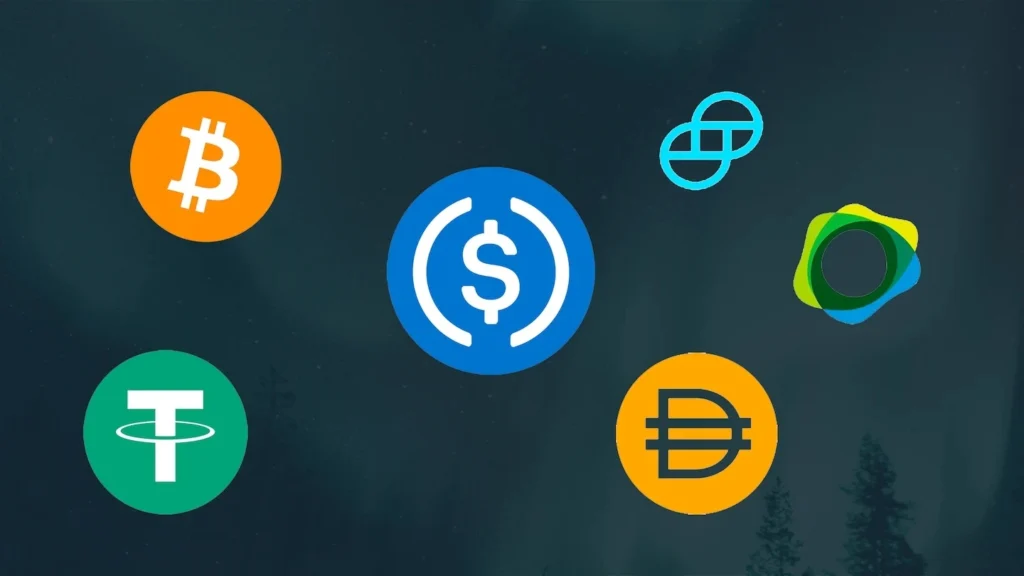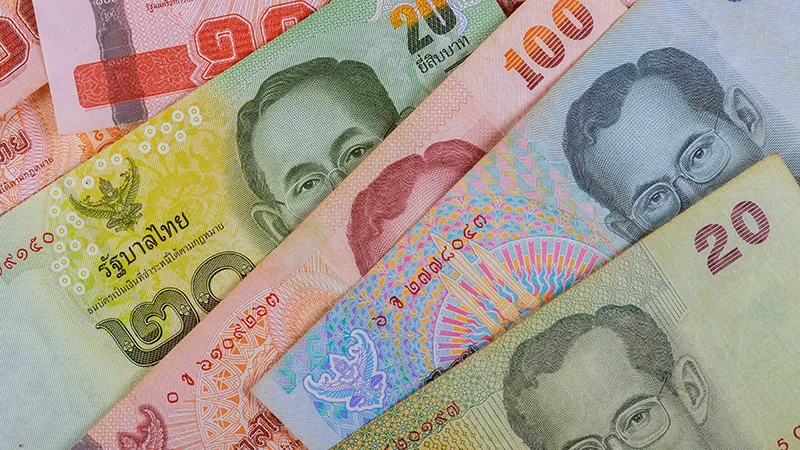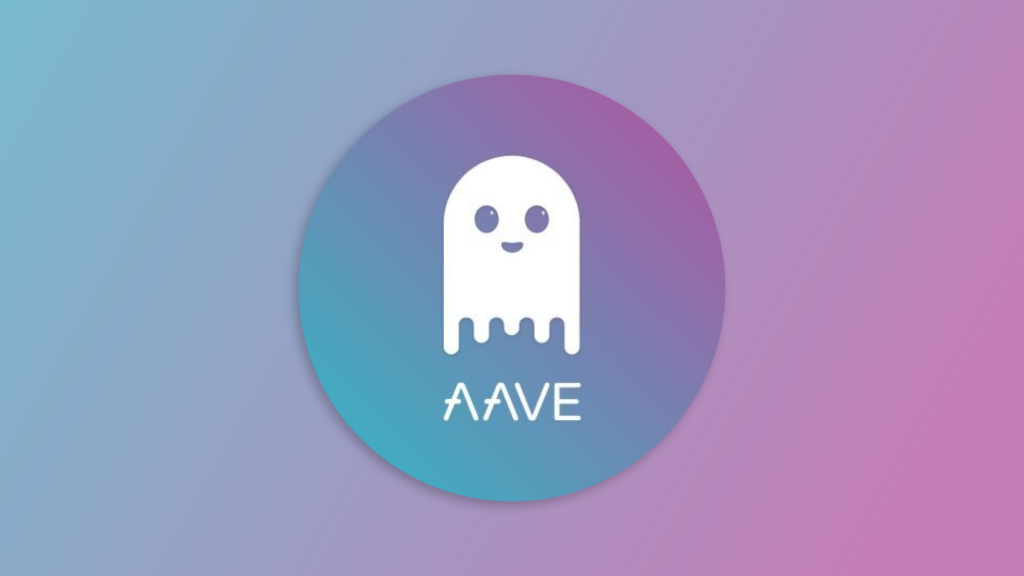USDT vs USDC in Thailand: Which Stablecoin Are Thai Investors Really Choosing in 2025?
July 8, 2025

Stablecoin Thailand 2025 isn’t just buzzwords anymore—they’ve become a financial strategy in Thailand. In 2025, more and more Thai investors are moving away from volatile altcoins and the Thai baht alike, opting instead for digital dollars like USDT (Tether) and USDC (USD Coin). But among those two, which is really winning over Thai users?
Let’s unpack the differences—and why it matters in today’s Thai crypto landscape.

Credit from : BFA Global
Use Case and Popularity: USDT Takes the Lead in Stablecoin Thailand 2025
When it comes to actual adoption on Thai exchanges like Bitkub or Satang Pro, USDT is clearly the more commonly used stablecoin. It pairs directly with THB, making it incredibly convenient for retail investors and traders who want quick conversions in and out of baht.
Meanwhile, USDC is still more common in the DeFi and institutional world, especially for those using international platforms or interacting with U.S.-compliant protocols. While it’s trusted globally, USDC’s presence in Thai-specific apps and marketplaces isn’t as dominant—at least not yet.
Liquidity and Access: USDT Feels Local
A big reason USDT edges ahead is liquidity. Thai exchanges tend to list USDT/THB with tighter spreads and deeper order books, meaning better execution and less slippage. That alone makes it the go-to option for most active investors.
USDC is available, of course, but often involves one extra step—converting USDC to USDT before accessing local trading pairs. That makes it feel less “native” to Thai crypto infrastructure, even if it’s technically just as functional.

Stability and Transparency: USDC Is the Safer Bet
If we shift focus to trust and auditing, USDC is widely seen as the more transparent and better-regulated stablecoin. It’s backed by U.S.-based financial firms, subject to regular audits, and complies with American regulations. That makes it a preferred option for investors who want assurance that every digital dollar is actually backed by cash or short-term treasuries.
USDT, on the other hand, has a longer track record—but also a longer list of controversies. While Tether has increased its transparency efforts, it still faces skepticism from regulators and certain institutional investors. For Thai users who prioritize security and regulation over convenience, USDC has the edge.

Yield Opportunities: DeFi Still Favors USDC
When it comes to earning passive income through decentralized finance (DeFi), USDC often offers better access to platforms with real-world compliance. Whether it’s through Aave, Compound, or newer Layer 2 protocols, USDC is widely supported.
That said, USDT isn’t far behind—and in some cases, liquidity mining programs or regional DeFi apps may offer higher returns for holding Tether. Still, the long-term yield environment in 2025 has cooled off compared to its heyday, so most returns are modest in either case (typically 3–6% APY).

Regulatory Environment in Thailand: Both Allowed—Cautiously
Thailand’s Securities and Exchange Commission (SEC) continues to permit trading of both USDT and USDC on licensed platforms. However, stablecoins are still restricted when it comes to everyday payments, such as buying goods or paying bills.
The Thai government is cautious about anything that might threaten the status of the baht, which means stablecoins remain a trading tool, not a spending currency. Both USDT and USDC fall under that umbrella—so in terms of legality, they’re on roughly equal footing for now.

Verdict: Which Stablecoin Wins in Thailand, 2025?
It really comes down to priorities.
- If convenience, liquidity, and local adoption matter most? USDT remains the dominant stablecoin in Thailand.
- If regulation, transparency, and long-term trust are your concern? USDC is the more secure and audited choice.
In practice, many Thai investors are holding both—using USDT for short-term trades and USDC for longer-term holdings or passive income generation. The real shift isn’t just about choosing between the two. It’s the move away from fiat and volatile altcoins toward stable digital stores of value that signals a new mindset in Thai finance.
The stablecoin story in Thailand isn’t just a technical evolution. It’s a cultural one.

